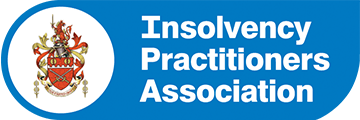Inheritance and windfalls
Should you inherit money up to four years after the start of your sequestration, or receive any windfall payments such as a lottery win or PPI claim, they must be disclosed to the Trustee, who will use them to repay your creditors.
Access to credit and your credit file
You will have no access to credit or further borrowing whilst sequestrated, and will find it extremely difficult to obtain credit for the six years that your bankruptcy is included within your credit file. Even after this time, lenders will be very reluctant to accept an application for borrowing. There are certain steps you can take to rebuild your credit rating, but these take a considerable time to make a difference to your borrowing ability.
Public register and potential employment issues
The Register of Insolvencies contains details of current sequestrations, plus those discharged during the last two years. This public disclosure could potentially lead to problems with your employer if they see that you are bankrupt - some industries are reluctant to employ staff in this position, particularly those in law enforcement and finance.
Banned from certain key roles
You will not be able to act as a limited company director, and may not be accepted onto other boards, such as school governors or pension trustees.
Financial education programme
Your Trustee may decide that you need to take part in a financial capability programme to improve your financial awareness, and help to ensure you remain debt-free once discharged from bankruptcy. If you require further information on sequestration and how it will affect your life, Scotland Debt Solutions can help. We offer a free same-day meeting to establish your financial position, and guide you towards the best options for dealing with your debt.





